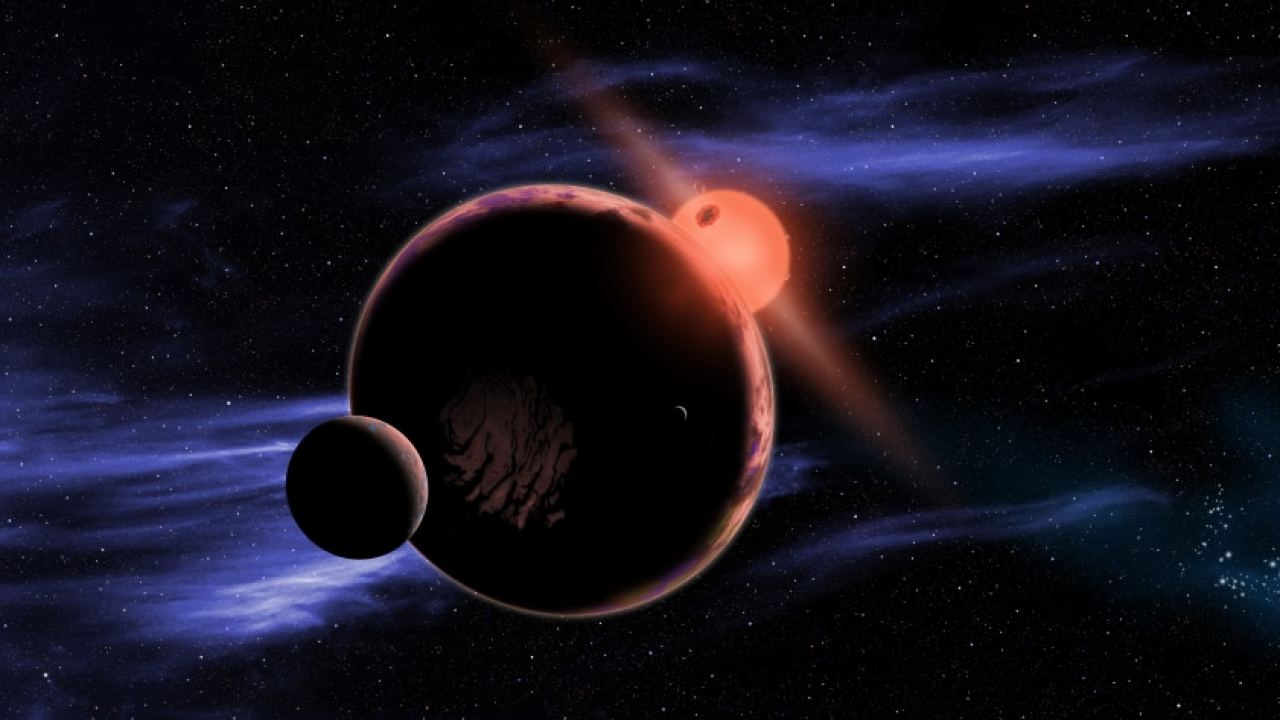A new type of exoplanet — one made half of rock and half of water — has been discovered around the most common stars in the universe, which may have great consequences in the search for life in the cosmos, researchers say.

Red dwarfs (opens in new tab) are the most common type of star, making up more than 70% of the universe’s stellar population. These stars are small and cold, typically about one-fifth as massive as the sun (opens in new tab) and up to 50 times dimmer.
The fact that red dwarfs are so very common has made scientists wonder if they might be the best chance for discovering planets that can possess life as we know it on Earth. For example, in 2020, astronomers that discovered Gliese 887, the brightest red dwarf in our sky at visible wavelengths of light, may host a planet within its habitable zone (opens in new tab), where surface temperatures are suitable to host liquid water.





